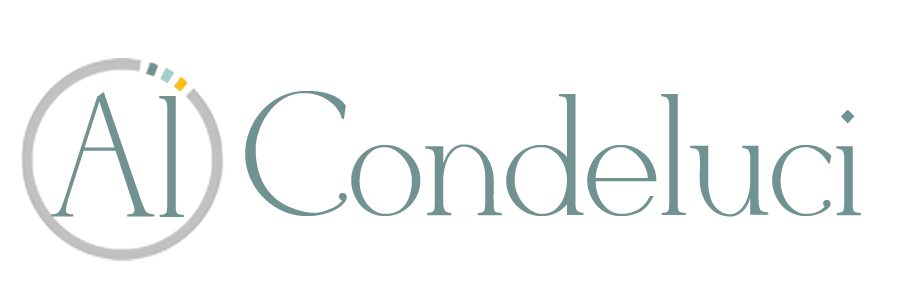Loneliness and Isolation
/Loneliness, Isolation, and Health Disparities: A Closer Look at the Impact on People with Disabilities
Loneliness and isolation are pervasive issues that affect many individuals, but they can be especially pronounced for people with disabilities. These feelings often stem from a lack of social interaction, physical barriers, and societal stigma, which can lead to a cycle of exclusion. For individuals with disabilities, these experiences are not just emotionally taxing but also have significant implications for their physical and mental health. The relationship between loneliness, isolation, and health disparities is complex and multifaceted, warranting a deeper exploration of how these factors intersect and impact well-being.
One of the key contributors to loneliness and isolation among people with disabilities is the lack of accessible environments and social opportunities. Physical barriers such as inadequate public transportation, inaccessible buildings, and limited accommodations in social settings can make it challenging for individuals with disabilities to engage with their communities. This physical exclusion is often compounded by social stigma and misconceptions, leading to fewer social invitations and diminished opportunities for interaction. Consequently, many people with disabilities experience a heightened sense of isolation, which can exacerbate feelings of loneliness and contribute to a decline in mental health.
The health disparities experienced by people with disabilities are closely linked to their experiences of loneliness and isolation. Research has shown that chronic loneliness can lead to a range of health issues, including increased risks of cardiovascular disease, depression, anxiety, and weakened immune function. For individuals with disabilities, these health risks are often further amplified by pre-existing conditions and barriers to healthcare access. Limited mobility, transportation challenges, and healthcare providers' lack of understanding can make it difficult for people with disabilities to receive timely and adequate medical care, further exacerbating health disparities.
Addressing the issue of loneliness and isolation among people with disabilities requires a multi-faceted approach. Creating inclusive and accessible environments, promoting awareness and understanding, and providing targeted support services are essential steps in mitigating these challenges. Community programs that foster social connections, mental health support tailored to the needs of individuals with disabilities, and policy initiatives aimed at reducing physical and societal barriers can significantly improve the quality of life for people with disabilities. By addressing these disparities, society can move towards a more inclusive and equitable future where everyone has the opportunity to thrive, regardless of their abilities.
4o
